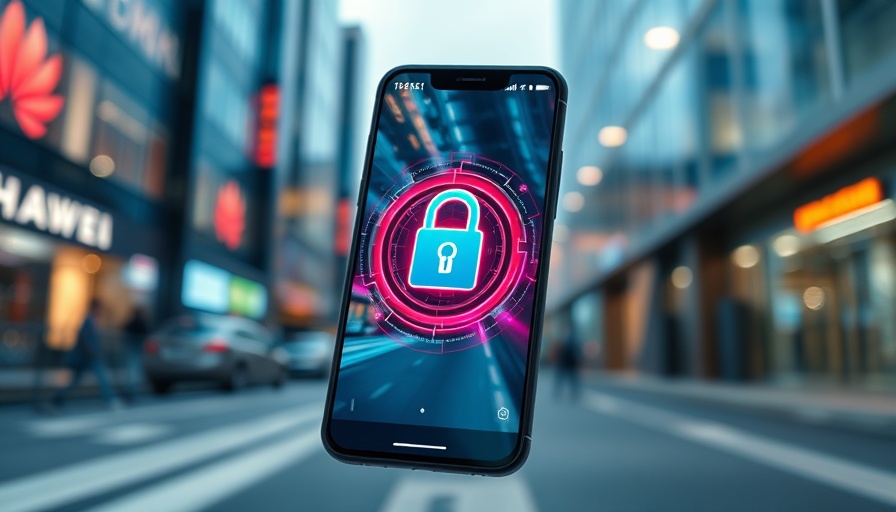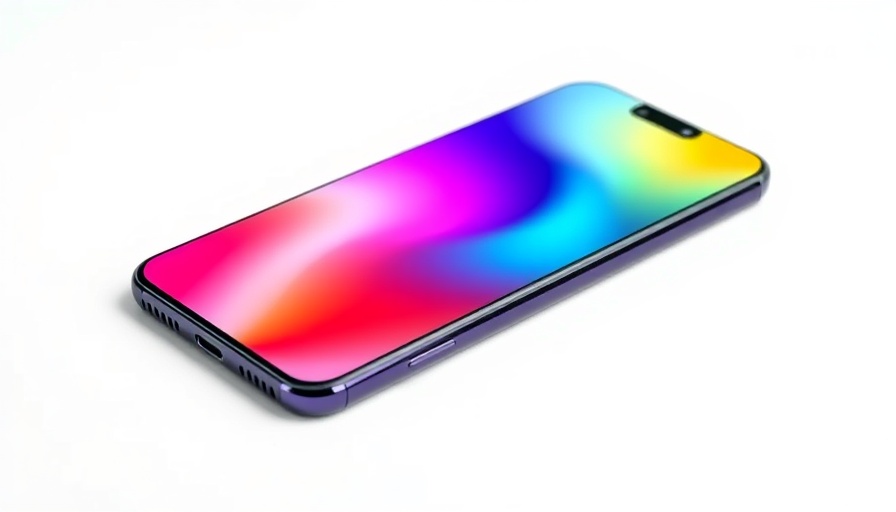
Understanding Partisan Spam Filters in Gmail: A Controversy Unfolds
In recent discussions about censorship and digital fairness, the spotlight has turned to Google’s Gmail platform, where allegations of biased spam filtering practices could influence political communications. Federal Trade Commission (FTC) Chair Andrew Ferguson, appointed during the Trump era, raised significant concerns in a letter addressed to Alphabet CEO Sundar Pichai regarding Gmail’s approach to handling emails from different political parties.
Ferguson’s Accusations and Their Implications
Ferguson’s letter highlights a report from Targeted Victory, a firm known for its connections to the Republican National Committee (RNC), claiming that Gmail frequently flags fundraising emails from Republicans as spam while letting similar emails from Democrats through without issue. He explicitly warned that if these practices prevent American consumers from receiving messages or making donations, they could violate the FTC Act, which prohibits unfair or deceptive trade practices. This raises substantive questions about the responsibilities of tech giants in moderating communications and the potential repercussions for consumer rights.
The Response from Google: Technology and Transparency
In response to these allegations, Google has defended its spam filtering logic, asserting that it relies on various objective measurements to categorize emails and maintains that it treats all senders with equitable standards. According to a spokesperson for Google, factors considered include user feedback—such as emails marked as spam by users. This differentiation in treatment of political emails paints a complex picture of how algorithms may inadvertently contribute to perceptions of bias.
The Bigger Picture: Censorship Claims and Digital Platforms
Concerns over digital censorship are not limited to Gmail, as this controversy echoes broader discussions about how platforms manage content. Many conservatives believe they are unfairly targeted by tech companies, a sentiment backed by complaints and lawsuits directed at various digital platforms. This phenomenon illustrates the tension between upholding free speech and managing harmful or misleading information online, complicating the role tech companies play as arbiters of communication.
Historical Context: Spam Filters and Political Messaging
Spam filters have evolved significantly since the inception of email, primarily designed to minimize unsolicited and potentially harmful content. However, as political messaging has moved heavily online, the stakes have risen. Historical data from previous elections indicates that email campaigns are crucial for fundraising and mobilizing voters. The implications of partisan bias in spam filters, therefore, could disproportionately impact one political party’s ability to reach their audience compared to another, making this an urgent issue for the integrity of online political outreach.
Future Predictions and Trends in Email Communications
As we look to the future of email services and political communication, it is essential to consider how regulatory bodies like the FTC may step in if practices are deemed unfair. Companies will be under increasing scrutiny not only for how they manage spam filters but also how they maintain transparency and accountability. The intersection between technology and public discourse is likely to remain contentious, with stakeholders demanding more clarity on how decisions are made regarding which emails are flagged or filtered.
What Consumers Should Know
For users of Gmail, understanding the mechanisms that could affect the delivery of their emails is vital. The ongoing debate points to a need for users to critically evaluate which platforms they use for communications and how those platforms align with their values, especially regarding political discussions. Opting for email services that offer clarity in their filtering processes could become a priority for consumers concerned about bias.
In Conclusion: The Importance of Engaging with Tech Transparency
In a digital age where technology wields significant influence over our communication, being informed about the ethical dimensions of these platforms can't be overstated. As Google and other tech giants navigate this controversy, users must remain vigilant and advocate for transparency in operations. Understanding how these spam filters work is a crucial step towards ensuring that all voices are heard, regardless of political affiliation. Now more than ever, engaging in discussions about tech regulation and consumer rights is essential for shaping a fair digital future.
 Add Row
Add Row  Add
Add 



Write A Comment